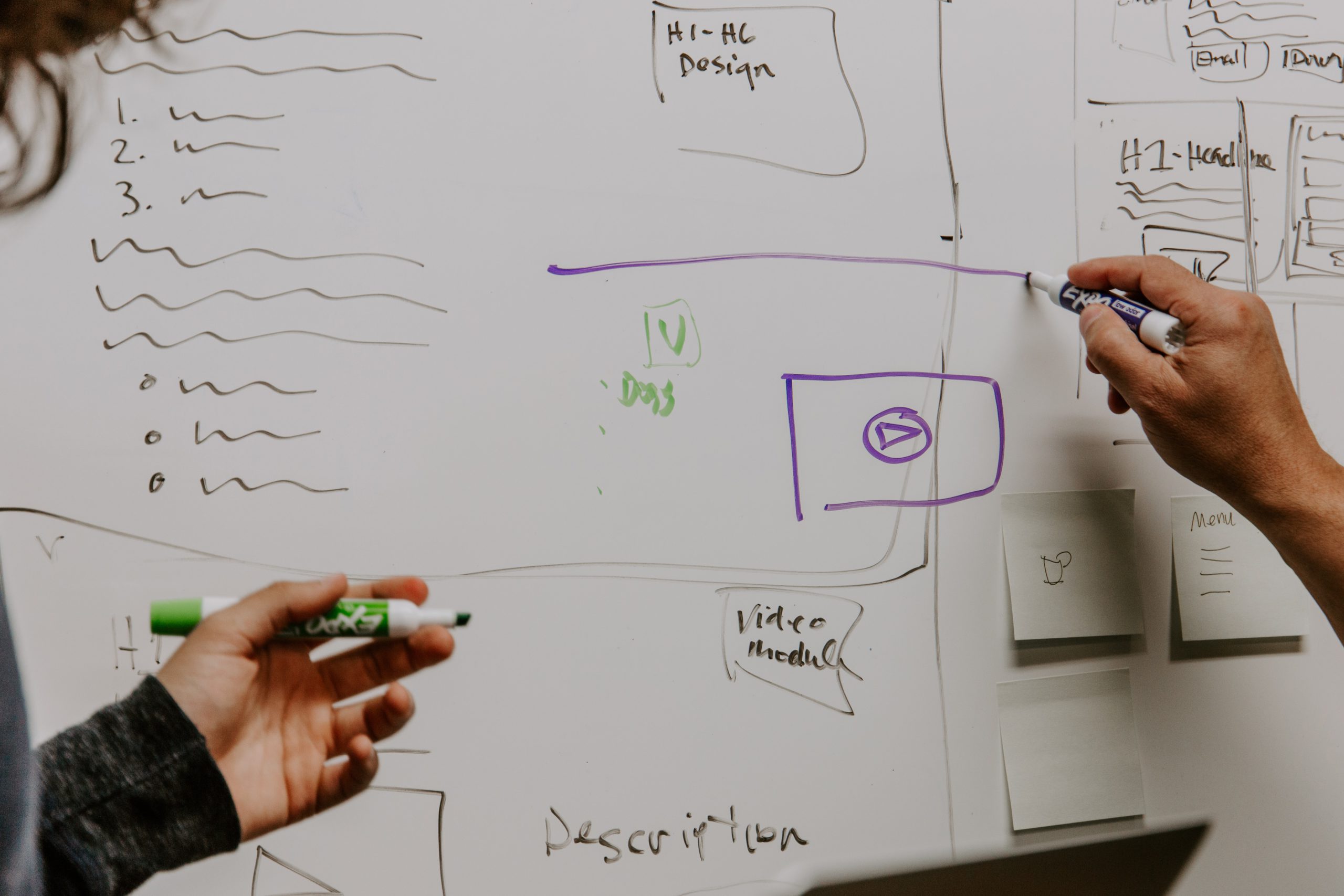
How to Structure Your Curriculum Progression
Your curriculum is one of the most important offerings as a school or camp. It is the foundation of long-term success with your students and the foundation of their success. As an educator, building your curriculum is a challenging task. There are multiple challenges and considerations to take into account.
Our blog this week aims to help you figure out how to structure your curriculum progression. We’ll be going over some important points and offer some helpful advice on how to tackle this problem.
Why Is Structure Important?
The goal of a good curriculum is to provide educational growth and understanding to students. As students are constantly growing and improving, your curriculum structure should also reflect that growth. Goals need to be set and worked towards by students. New concepts and lessons need to be introduced in a timely manner. An ideal curriculum should be engaging and challenging without being too difficult for the average student.
Structuring your curriculum moves you closer to meeting these ideals. It will provide a better experience for your students in the long run and ensure their continued growth. A proper structure will keep your students motivated to continue learning. This is easier said than done, however. Before you lay the groundwork for your curriculum progression, you need to understand a few things. Below, we’ll go over some important points to consider.

Get to Know Your Students
Before you start to structure your curriculum, you must first get to know your students. Understanding their needs, interests, learning ability, and how best to keep them engaged will be key points in building your curriculum progression. Talk to your students and their parents and get a good idea of what their expectations are. Initial interviews for new students are a good way of getting an idea of each student’s abilities and expectations.
During the course of the lessons, educators should also spend some time with students. Every so often (maybe monthly or quarterly) teachers should ask students what they’ve enjoyed, what they didn’t enjoy, and how their overall experience is. We’d also recommend similar meetings with parents to discuss the goals and progress of their kids. This way, you can plan and ensure future growth and continued engagement.

Assess Your Students’ Performance
Building a curriculum takes time. Sometimes, changes will be needed. If you already have a curriculum in place, you can assess how well your students are performing. Use the results of this assessment to make adjustments.
Look at your students’ grades and progress. Look over their projects, assignments, and how well they’ve understood and absorbed the lessons. Assess their strengths, weaknesses, and overall experience with their current lessons. This can be valuable information for structuring or restructuring your curriculum.
Add Variety to Your Curriculum
Students, especially kids, tend to get bored easily. For coding lessons, in particular, this can be an issue. Don’t just stick to one type of lesson or one coding language. Scratch is great for beginners, but it can get old fast.
Thankfully, there is a wide variety of lessons to choose from. Roblox and Minecraft are both game-based learning tools for students learning to code. These lessons offer fun and engaging problems to keep your students motivated. Courses including Python, Unity, and Unreal Engine are also excellent choices for when your students get to a more advanced level.
Ensure Growth
Student growth is one of the main goals of your academy. Curriculum structure will directly impact that growth. Your curriculum should be planned with a clear end goal in mind. It should introduce new ideas and lessons as time goes along. Keeping the relative difficulty at a steady level will also help with growth. You can’t let students get too comfortable and complacent with the lessons. Lessons should present a challenge so that students have to actively think.
Students’ Age
Another consideration to take into account is how old your students are. Younger kids will need more basic and visual-based lessons than pre-teens and teenagers. They will also have trouble grasping more complex concepts, so it’s a good idea to start simple and progress steadily. For kids, Scratch or other block-based coding games are the best introductions to the basic concepts of coding. You can transition them into Minecraft and Roblox-based lessons once they form an understanding of coding.
Older students will learn a bit faster and should have little trouble understanding more complex lessons. Introducing them to more advanced languages and text-based coding shouldn’t be an issue providing they have prior coding experience.
Students’ Experience
The tricky part with older students who are new enrollees is that they will have varying degrees of knowledge. Sometimes, you will also get older students with little-to-no prior coding experience. Other times, they will have previous experience. Planning curriculum progression around student experience may be difficult. But don’t worry though, we have a helpful blog post discussing how to tackle this issue here.

Structuring Your Curriculum
Now that you have a good idea of the direction your curriculum will take, you can start structuring. Be sure to set goals for your curriculum, be it monthly, quarterly, or yearly. Make sure that lessons and courses progress at a steady pace. Regular feedback from your students about their experience is also important. You can use feedback to further improve your curriculum and better serve your students’ needs.
Questions and Contact
If you’d like to know more about us and what we offer, or have more in-depth questions or feedback about this blog post, feel free to contact us at info@gobrite.io or 425-665-7799 and we’ll be happy to get back to you.
We hope you’ve enjoyed this week’s blog post!
- Popular Kids Education Platforms Review - February 10, 2023
- Pros and Cons of Opening a Kids Coding Franchise - January 31, 2023
- How can coding help kids reduce screen addiction - January 30, 2023
